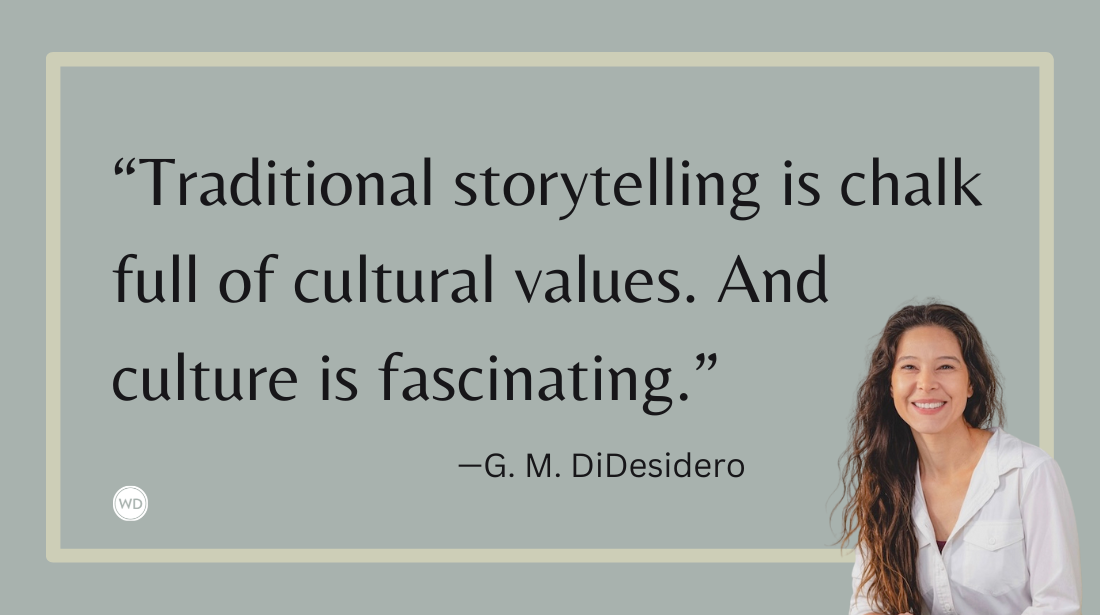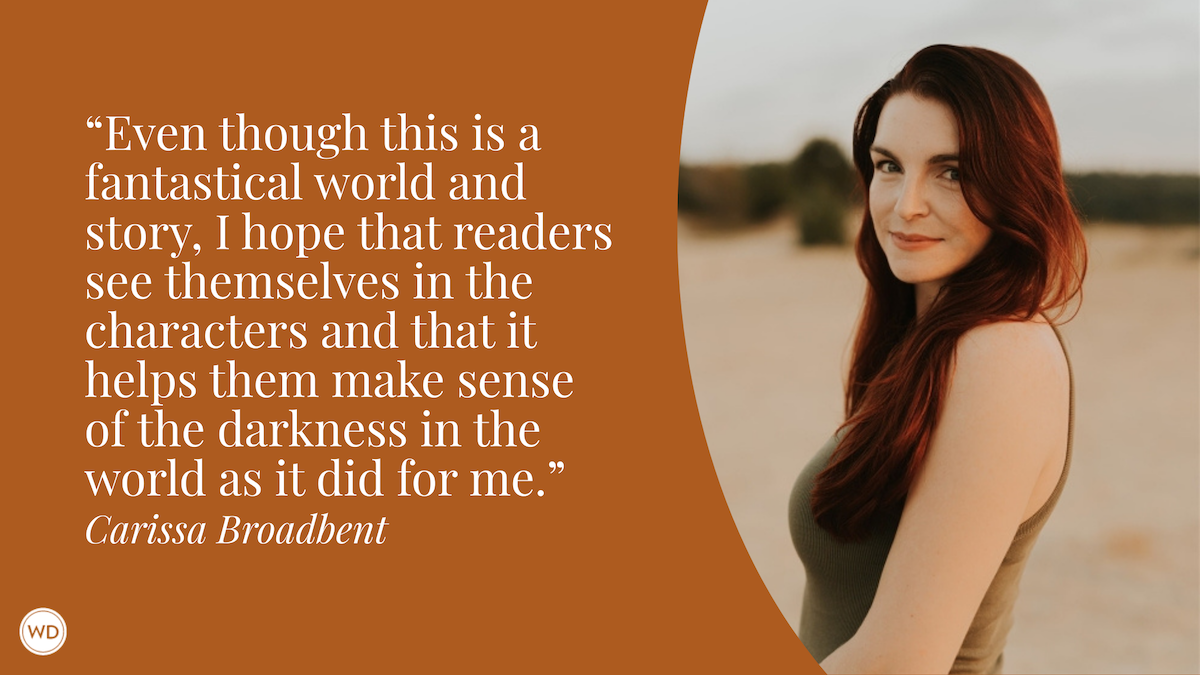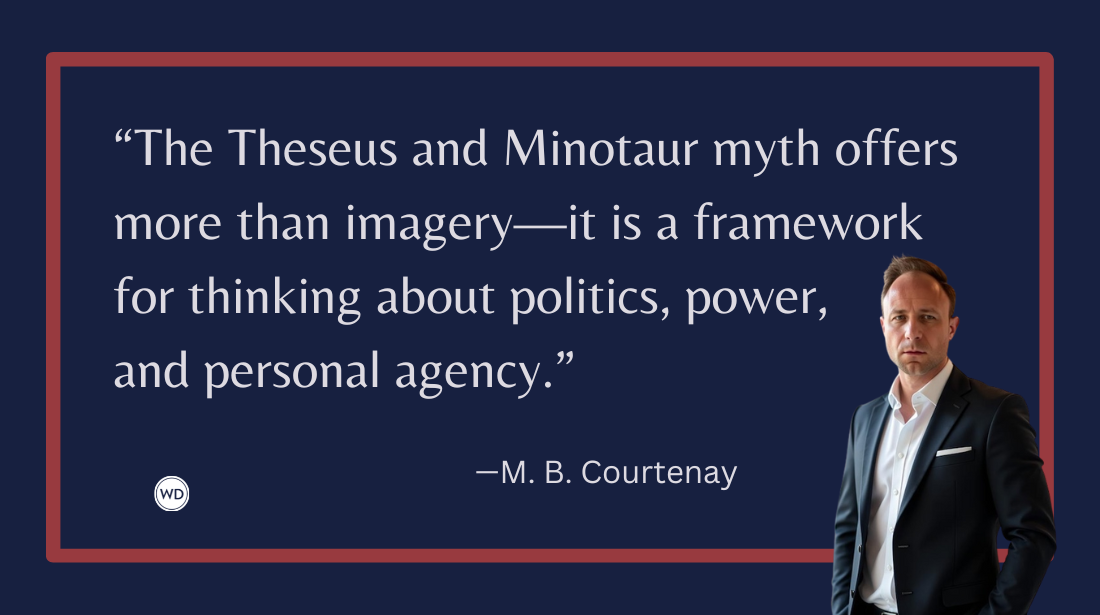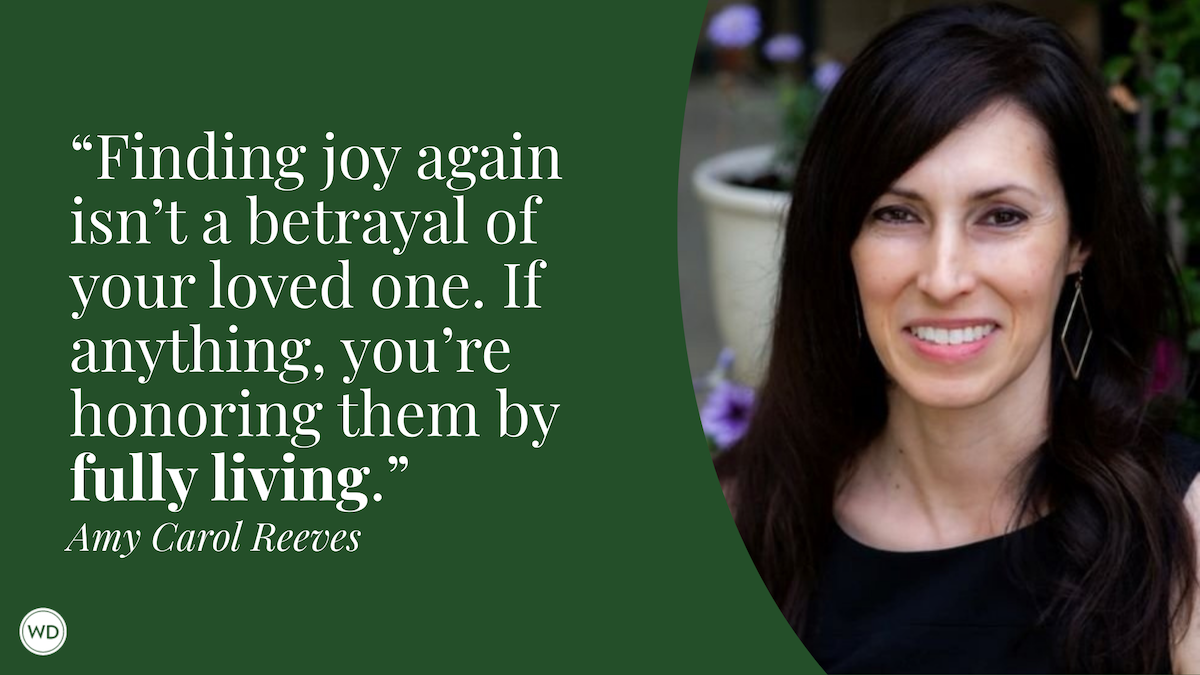Make Violent Scenes Matter: 5 Tips for Writing Violence That Doesn’t Turn Readers Off
After writing bestselling thrillers as well as books that missed the mark, author Carter Wilson shares five lessons he’s learned about writing violent scenes.
After writing bestselling thrillers as well as books that missed the mark, author Carter Wilson shares five lessons he's learned about writing violent scenes.
In my six published novels, many of my characters meet a bad end. In fact, one of the main reasons I don't write a series is I always want the ability to kill off a main character at any time. Keeps everyone on their toes. I've shot, stabbed, tortured, burned, bludgeoned, and amputated. Hell, I've even crucified people.
That being said, I don't approach violence lightly, nor should any writer. The last thing I want in my psychological suspense books is a bored reader, and nothing evokes ennui faster than unnecessary, over-the-top violence. It's lazy writing. I always think about the movie Jaws, and how, during filming, the mechanical shark constantly broke down, so Spielberg had to craft much of the movie without actually showing the shark. The result was far more suspenseful and menacing. The threat of the monster in the deep. The thing lurking just beyond eyesight.
I've certainly evolved as a suspense writer and I'm much more mindful of violent scenes than I used to be (maybe that explains why the first four books never sold). Now, as I approach a scene that could potentially involve violence, I always first contemplate five rules I've crafted around violence. The rules are the following, and I suggest you consider them if you're struggling with wondering how much is too much regarding violent scenes:
Know your audience
Are you writing suspense or horror? You have to know the type of person who tends to read your work. You certainly don't need to forgo your creative desires in order to placate the masses, but if you want your books to sell, you need to understand your average reader's sensibilities. I'm still finding that some scenes I write, though I think of them as fairly tame, elicit more shock than I expect. The writer always has a higher tolerance for violence than the average reader, so if you are wondering if a scene is too much, ask your agent, editor, writing group colleague, or a beta reader for a second opinion.
Better to be creepy than gory
Of my 2018 novel Mister Tender's Girl, Kirkus wrote, "Wilson turns the creep factor up to 11, balancing his prose on a knife's edge." In fact, "creepy" was one of the most-employed adjectives in all the reviews for that novel, and that suits me just fine. The book, in fact, has very few scenes of actual violence, but the mood of violence is always present. I even described melting snowflakes as "corpses." Sure, you can write a scene that encompasses graphic descriptions of someone being disemboweled, but is that giving your readers enough credit? When you stop short of showing the violence, the imagination of the reader will take over, creating a far greater impact. The reader will infer what happens, and what they imagine can be far scarier than anything you might have written.
Write the scene two different ways
Try this: When approaching a scene with violence, write it both with and without graphic descriptions. (Side note: This also works with sex scenes.) Let the two scenes sit for a while, then go back and read both. Which scene feels smarter? Which has greater resonance? The answer might not always be the non-violent version, but you'll be surprised how often it is.
Make violence matter
I tend to write about ordinary people in extraordinary situations, and those situations are usually unpleasant. But I can't forget these are ordinary people, and as such violence isn't a common occurrence in their lives. So when I do write a violent scene, I want it to matter. I want the reader to say, "What if this happened to me?" If you've spent enough time developing your characters properly, when the time comes that you need to plunge them into a kill-or-be-killed fight, the reader's empathy levels will be soaring. On the other hand, if your main character gets into fights every chapter and always comes out winning, your reader will quickly grow tired.
Keep in mind: Less is more. (Another side note: The same can be said of profanity. I've actually charted my use of profanity in my books, which has helped guide my writing style as well.)
Be real
Finally, when approaching violence, take it seriously. Make it real. Consider all consequences, both physical and psychological. When someone gets punched in the face, they rarely shake it off. If they're shot in the leg, they don't counter with a roundhouse kick. If they're abused as a child, think about how that could affect their decisions years later. It doesn't actually take much to damage a person's body or mind, so don't fall into the trap of making your hero a superhero. If you really want to understand the impact of violence on the average human, I highly recommend picking up a copy of Rory Miller's excellent Violence: A Writer's Guide. Make your violence real, and you'll see how a little goes a long way.
Sure, I've left a lot of bodies in the wake of my 16-year writing career, but I like to believe I've developed a sense of when violence is necessary rather than frivolous. It's a fine line to walk, but when you do it right, it will resonate with the reader, which in turn will make them feel what the character does. Though that may be an intense experience, if you can make a reader truly feel, you've done your job.
Carter Wilson is the USA Today bestselling author of nine critically acclaimed, standalone psychological thrillers. He is an ITW Thriller Award finalist, a five-time winner of the Colorado Book Award, and his works have been optioned for television and film. Carter lives outside of Boulder, Colorado. Dynamic and compelling, he now hosts his own podcast, Making It Up, interviewing authors like S.A. Cosby, Daniel Handler, Stuart Turton, Xio Axelrod, and Julie Clark to talk shop and riff an original story live. The result is a charming, authentic peek into the writing process. (Photo credit: Iliana Wilson)









